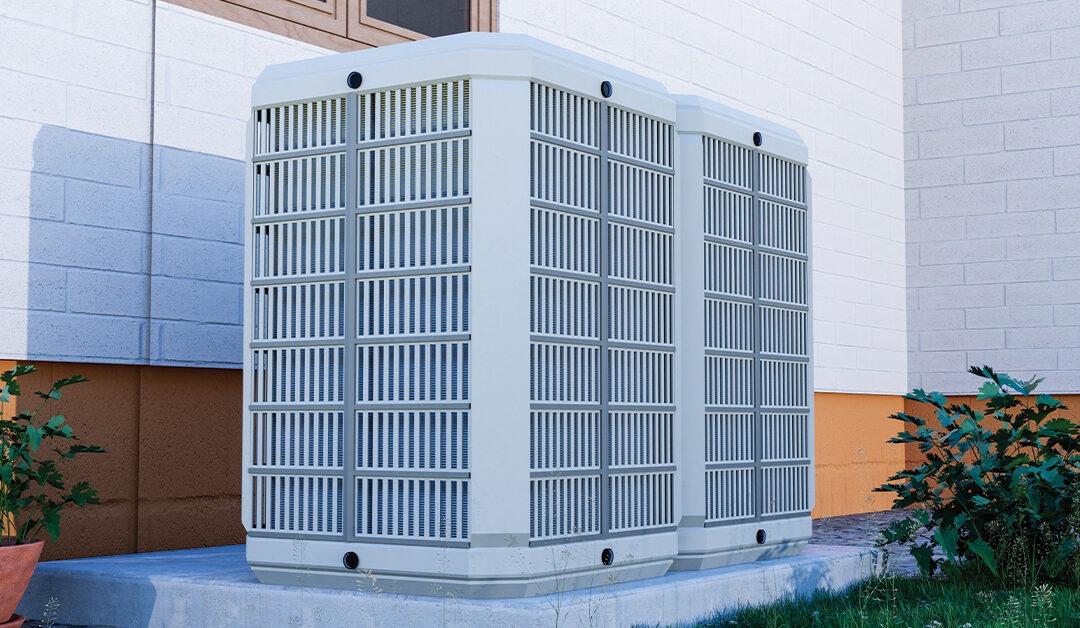In the sweltering heat of summer or the unexpected warmth of a spring day, a malfunctioning air conditioner can be more than an inconvenience; it’s a major discomfort. Understanding how to reset your AC unit becomes crucial in these moments. Whether it’s an AC breaker trip, an AC fan not working, the AC compressor not turning on, or the outside AC unit not running, this guide provides step-by-step solutions to get your cooling system back on track.
Understanding the Need for a Reset
Resetting your AC unit is often the first step in troubleshooting. It’s like giving your air conditioner a fresh start, particularly after identifying issues like power interruptions or minor malfunctions. Sometimes, a simple reset can resolve issues that seem complex.
Step 1: Check the AC Breaker
When your AC unit stops working, the first thing to check is the AC breaker. A tripped breaker is a common issue and can be caused by power surges or overloads. Locate your electrical panel and find the breaker labeled for the AC unit. If it’s in the “off” position or stuck in the middle, flip it to “off” and then back to “on.” This action can often restore power to your AC unit.
Step 2: Inspect the AC Unit for Obvious Issues
Before performing a reset, visually inspect your AC unit. Check for signs of damage, leaks, or blockages. Ensure the outdoor unit is clear of debris, and the indoor vents are not obstructed. These simple checks can sometimes identify the root cause of issues like an outside AC unit not running.
Step 3: How to Reset the AC Unit
Resetting your AC unit usually involves turning off the power, waiting for a specific duration, and then turning it back on. This process can vary slightly depending on the make and model of your unit. Typically, you’ll find a reset button on the outdoor unit. Press and hold it for a few seconds. If there’s no visible reset button, turning off the power at the breaker for a minute before turning it back on can serve as a reset.
Step 4: Troubleshooting the AC Fan and Compressor
AC Fan Not Working
If the AC fan is not working, it can prevent air circulation, leading to ineffective cooling. After resetting your unit, check if the fan is operational. If it’s still not working, the issue might be with the fan motor or capacitor, which may require professional attention.
AC Compressor Not Turning On
The AC compressor not turning on is a more significant issue. The compressor is the heart of your AC unit, responsible for circulating refrigerant. If it fails to turn on after a reset, check for any error codes displayed on the unit. It might indicate a need for a professional inspection, as compressor issues can range from electrical problems to refrigerant leaks.
Step 5: When to Call a Professional
Sometimes, a reset doesn’t resolve the issue. If your outside AC unit is not running or there are persistent problems with the fan or compressor, it’s time to call in a professional. HVAC technicians can diagnose complex issues, safely handle refrigerants, and conduct repairs that are not safe or practical for the average homeowner to attempt.
Maintenance Tips to Prevent Future Issues
Regular maintenance can prevent many common AC issues. This includes cleaning or replacing air filters, clearing debris from around the outdoor unit, and scheduling annual professional inspections. Preventive maintenance not only ensures efficient operation but can also extend the lifespan of your unit.
Understanding AC Unit Components and Their Functions
Knowing the key components of your AC unit and their functions can be invaluable in identifying and resolving issues. The major components include the evaporator coil, which cools the air; the condenser coil, which releases heat outside; the compressor, responsible for circulating refrigerant; and the expansion valve, which regulates refrigerant flow. Familiarity with these parts can help you better understand the signs of malfunction.
Diagnosing Common AC Issues
Several issues can arise with AC units, and understanding their common signs can aid in troubleshooting. If your AC is blowing warm air, it could indicate a refrigerant leak or a problem with the compressor. Unusual noises could point to a mechanical issue, while a constantly running unit might signal a problem with the thermostat or a leaky duct.
The Role of Refrigerant in Your AC Unit
Refrigerant is the lifeblood of your AC unit, and issues with refrigerant levels can lead to significant problems. If the unit is low on refrigerant, it can’t cool the air effectively, leading to a strain on the system and increased energy consumption. Regular checks for refrigerant levels and leaks are crucial for optimal performance.
Addressing Electrical Issues in AC Units
Electrical problems can manifest in various ways, from tripping breakers to the unit not powering on at all. These issues can be due to faulty wiring, a malfunctioning capacitor, or problems with the unit’s internal controls. While resetting the unit can sometimes resolve minor electrical glitches, persistent electrical issues warrant professional inspection.
Dealing with External Factors Affecting Your AC Unit
External factors like extreme weather conditions, power outages, or even animals nesting near the unit can affect its performance. Keeping the area around your outdoor unit clear and ensuring proper insulation can help mitigate these issues.
Conclusion:
Knowing how to reset your AC unit and understanding basic troubleshooting steps can be a lifesaver when you’re faced with a malfunctioning air conditioner. While some issues can be resolved with a quick reset, others may indicate a need for professional repair. By combining these troubleshooting tips with regular maintenance, you can ensure that your AC unit keeps you cool and comfortable through the hottest days.





